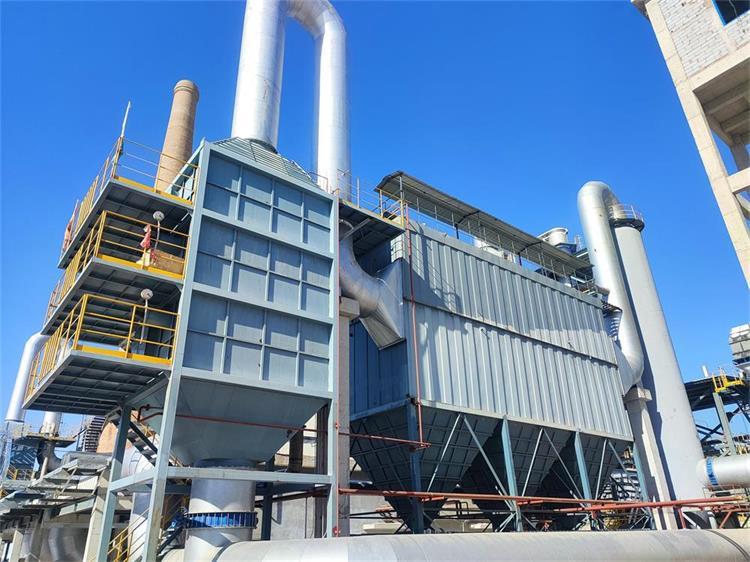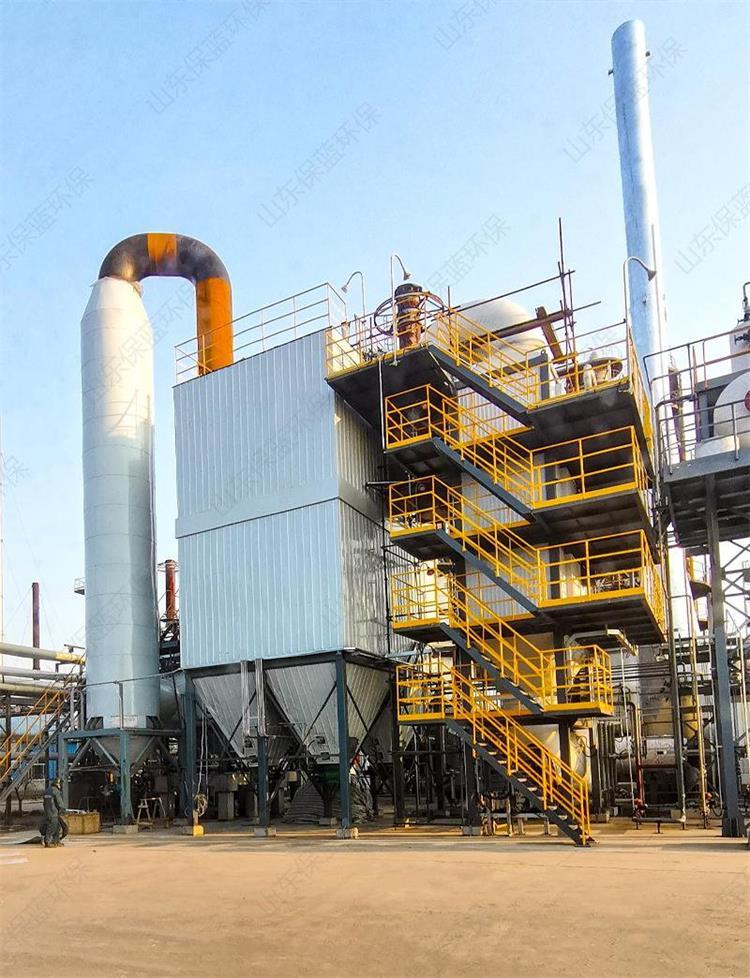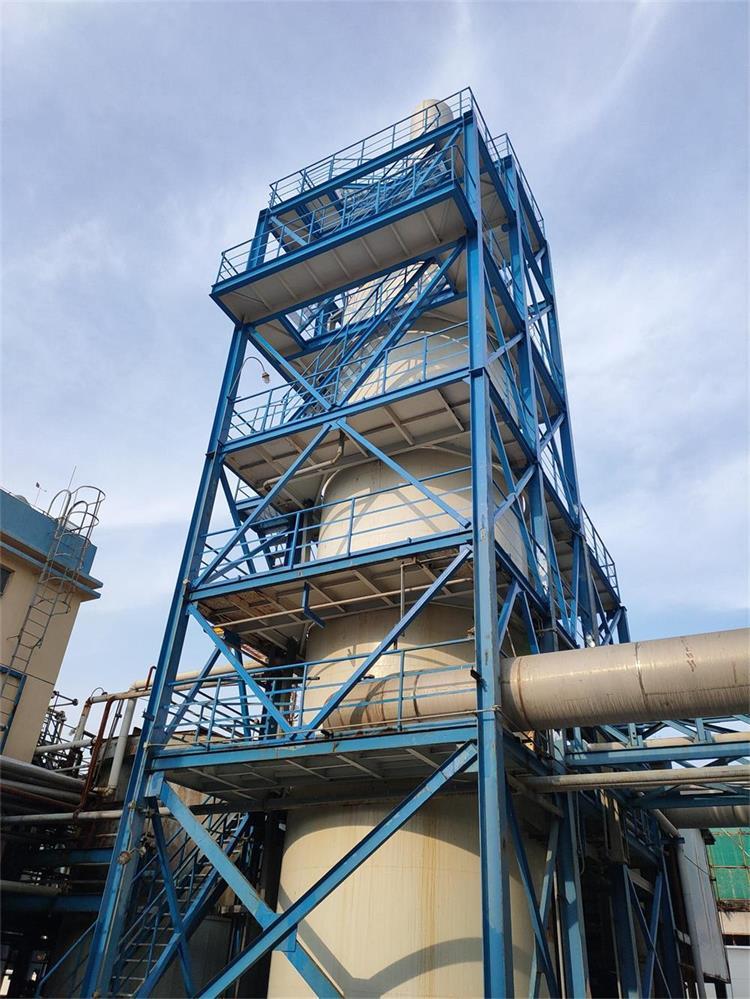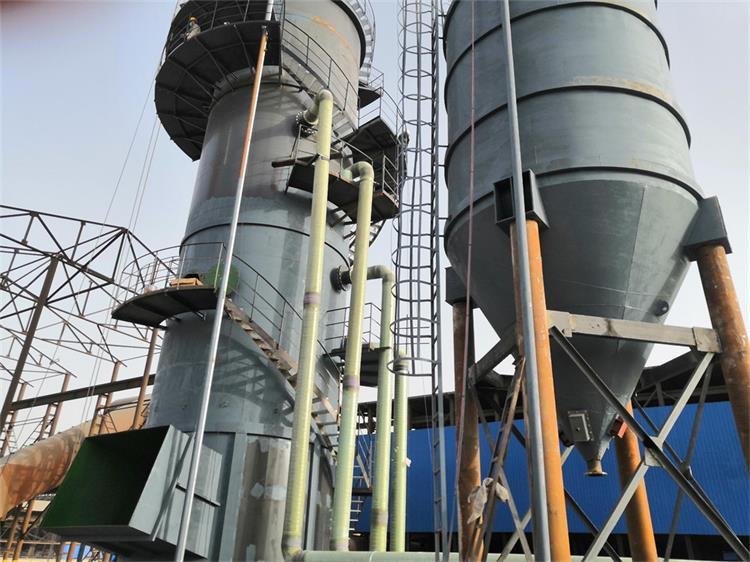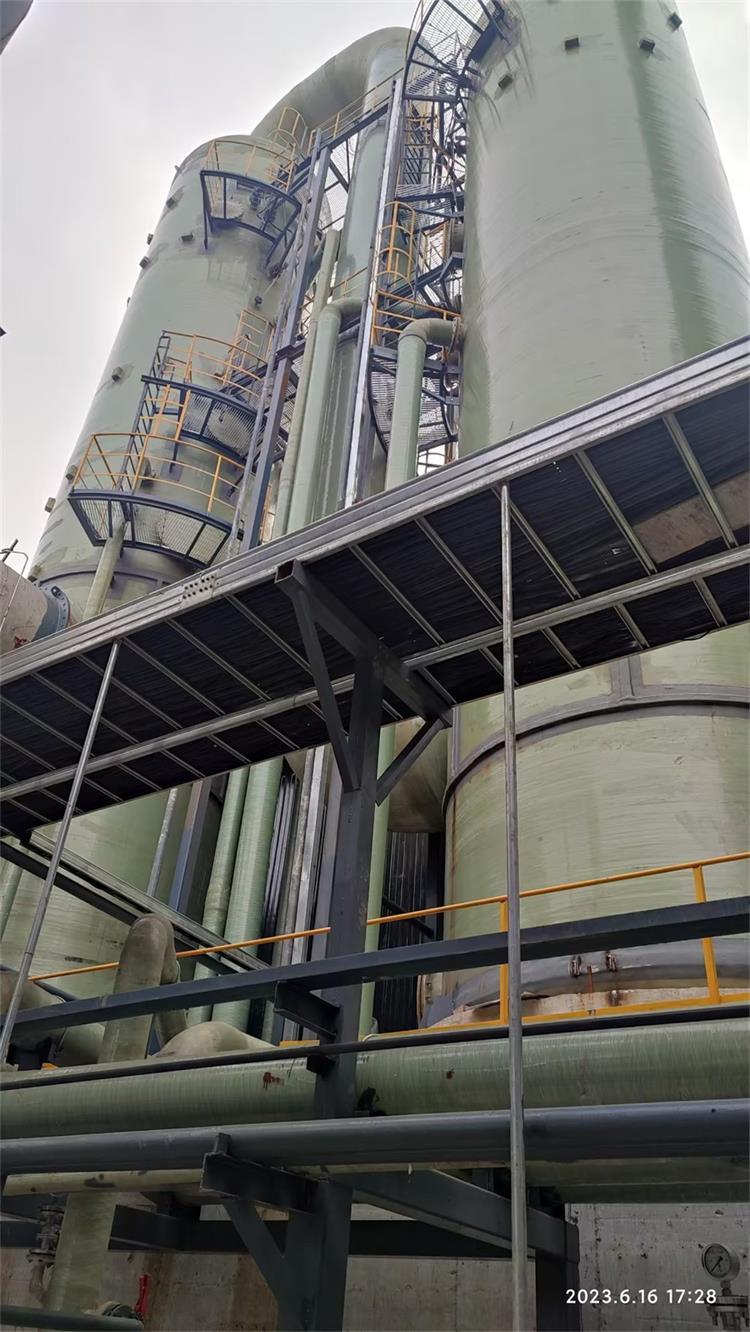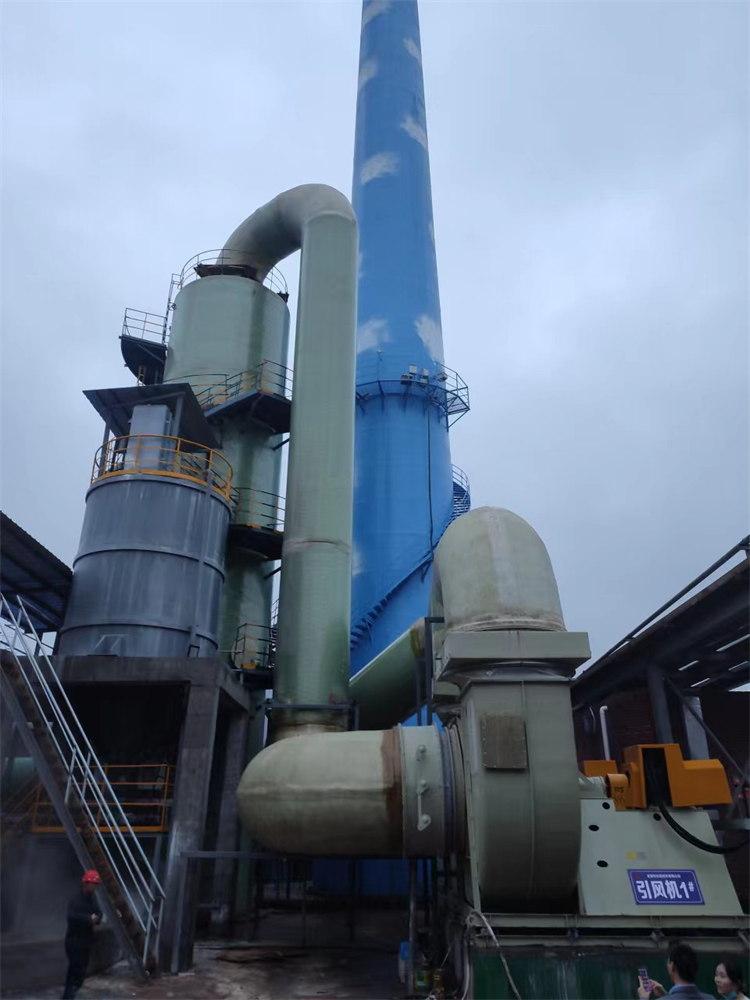- Incinerator
- Waste Gas Treatment
- Environmental Monitoring
- Product Details
Calcium Hydroxide Desulfurization
Introduction
Dry calcium hydroxide (Ca(OH)₂) desulfurization process is a technology that removes sulfur dioxide (SO₂) from flue gas through dry absorbent, which is mainly used in flue gas treatment in coal-fired boilers and industrial furnaces. At its core, it produces stable calcium sulfate (CaSO₄) or calcium sulfite (CaSO₃) through the chemical reaction of calcium hydroxide with SO₂. Here's a detailed description of the process:
Process principle
Main reactions:
SO₂ absorption:
SO₂+Ca(OH)₂→CaSO₃+H₂O
Oxidation reactions (if oxygen is involved):
CaSO₃+½O₂→CaSO₄
The final product is anhydrous calcium sulfate (gypsum) or calcium sulfite, which needs to be further processed.
Peculiarity:
The reaction is carried out under dry conditions, without the need for a lot of water, suitable for water-scarce areas, but the desulfurization efficiency (usually 80%-90%) is lower than that of the wet method.
Process flow
(1) Preparation of absorbents
Calcium hydroxide is usually used in powder form (about 200 mesh) and can be prepared by the digestion of quicklime (CaO):
CaO+H₂O→Ca(OH)₂
Store in a closed compartment to prevent moisture absorption and agglomeration.
(2) Flue gas pretreatment
The flue gas is first dusted (such as electric dust removal or cloth bag dust removal) to avoid fly ash affecting the reactivity.
(3) Absorption tower reaction
Injection method:
Direct powder spraying: Spraying Ca(OH)₂ powder into a flue or a dedicated reactor tower.
Reaction temperature: controlled at 140-160°C (optimal reaction window).
(4) Particulate matter separation
The reactive flue gas carries a large number of solid particles (unreacted Ca(OH)₂, CaSO₄, fly ash, etc.), which are captured by baghouses or electroprecipitators.
(5) By-product treatment
The collected ash can:
landfill (if it contains less unreactants);
After forced oxidation, it is used as a raw material for building materials (such as gypsum board);
Part of Ca(OH)₂ can be recycled to improve utilization.
Key influencing factors
Calcium-sulfur ratio (Ca/S): usually 1.5-2.0, too high to increase the cost, too low to reduce the desulfurization rate.
Flue gas temperature: too high will cause incomplete reaction, too low may cause condensation blockage.
Contact time: Longer residence times, such as increasing the height of the reactor tower, can improve efficiency.
Absorbent activity: Ca(OH)₂ powder with high specific surface area is more effective.
Advantage:
Low water consumption and no wastewater discharge;
Simple equipment, low investment and operating costs;
It is suitable for small and medium-sized boilers or low-sulfur coal flue gas.
Application scenarios
coal-fired power plants (especially circulating fluidized bed boilers);
waste incineration plant;
Industrial furnaces such as steel and cement.
Dry calcium hydroxide desulfurization remains an important choice in specific scenarios due to its simplicity and economy, but the process parameters need to be weighed based on flue gas characteristics (e.g., SO₂ concentration, humidity).


